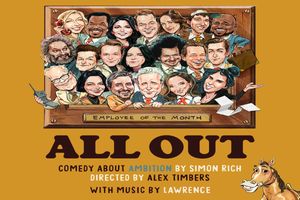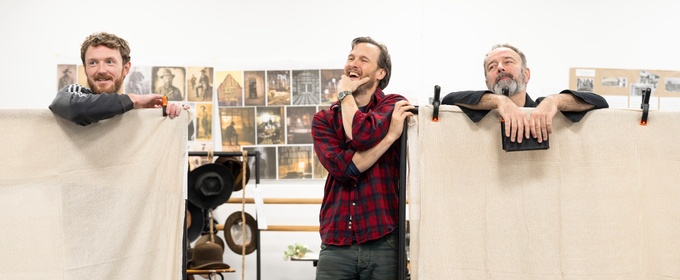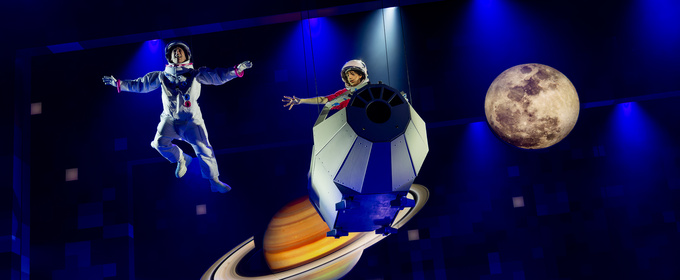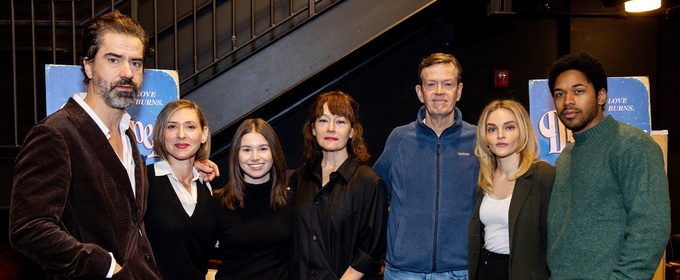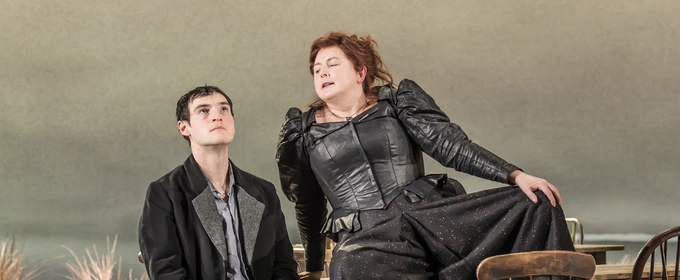Trending Stories
Recommended for You
Jessica Vosk & Kelli Barrett Will Lead BEACHES on Broadway
The new musical will play the Majestic Theatre before launching a national tour.
Broadway Grosses: Week Ending 12/14/25 - Total Gross of $43,941,878
View the latest Broadway Grosses
What Lies Ahead for Broadway in 2026?
The 2025/26 season will include six new musicals.
Watch: Next On Stage Season 6 Finalists Revealed
Presented by AMDA & Atlantic Acting School, Sponsored by MTI, 54 Below & The Westin New York at Times Square.
Ticket Central
Industry
West End

Review: ALICE'S ADVENTURES IN WONDERLAND, Orange Tree Theatre
Chinonyerem Odimba's charming adaptation is inventive and thoroughly entertaining
Chinonyerem Odimba's charming adaptation is inventive and thoroughly entertaining
New York City

Interview: Bobby Underwood Talks THANK YOU TOM LEHRER at City Winery
The December 28 and 29 concert will celebrate the wit and brilliance of legendary Satirist Tom Lehrer
The December 28 and 29 concert will celebrate the wit and brilliance of legendary Satirist Tom Lehrer
International

Review: Pierre Brault's A CHRISTMAS CAROL: SOLO at Meridian Theatres @ Centrepointe
The show provides tangible evidence to the power of storytelling and is, once again, not to be missed this holiday season.
The show provides tangible evidence to the power of storytelling and is, once again, not to be missed this holiday season.




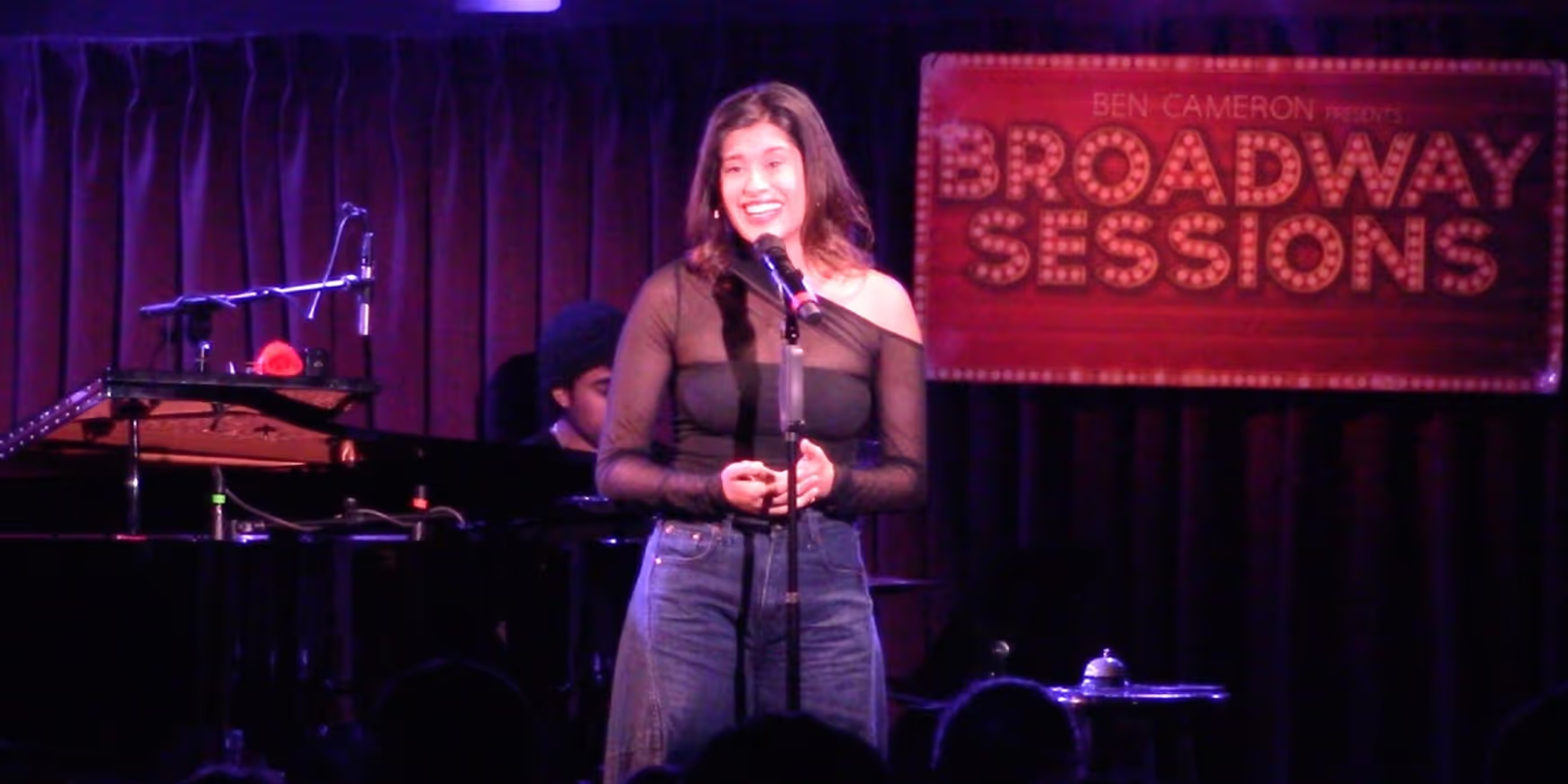




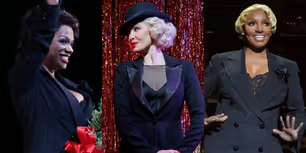






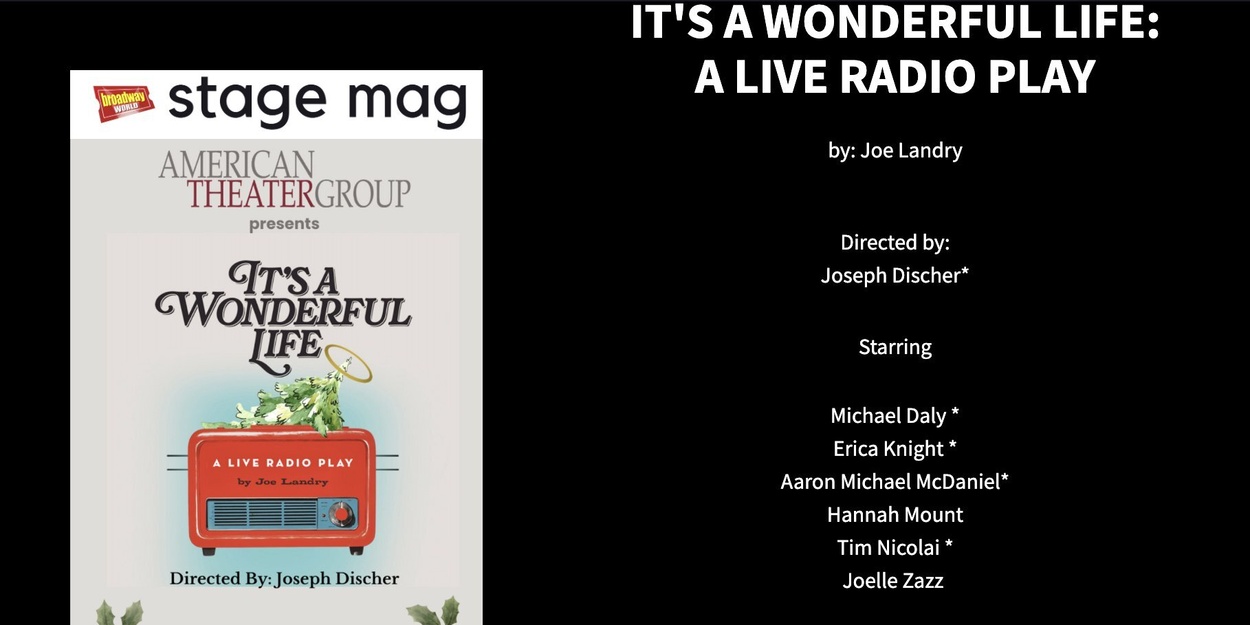



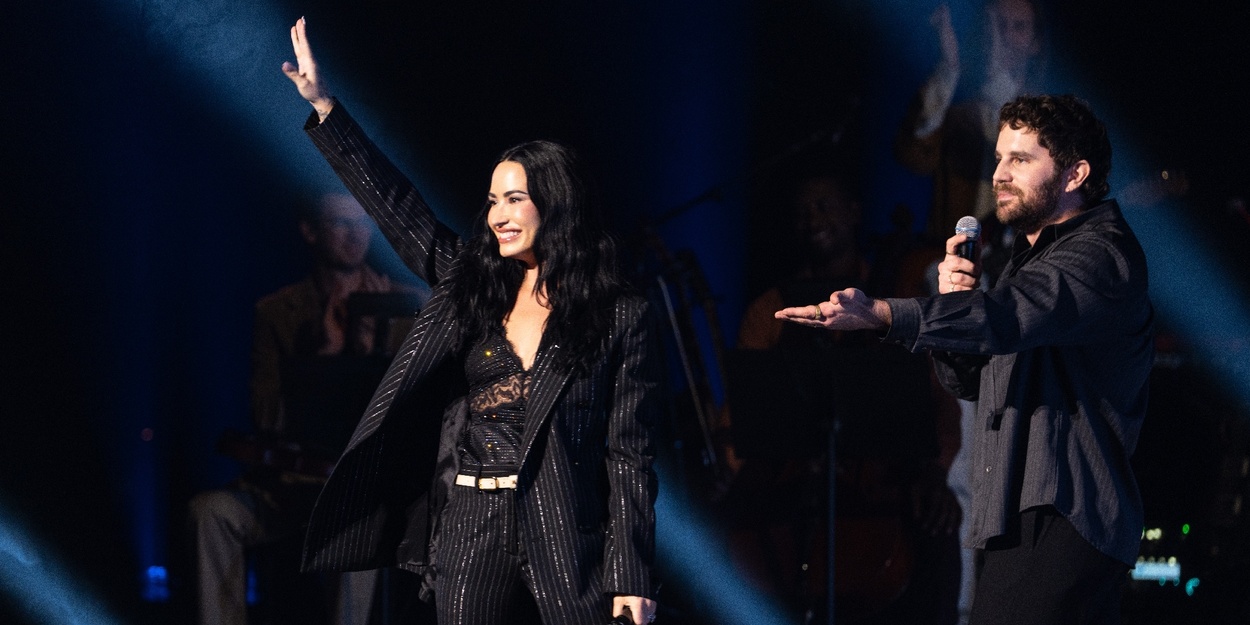









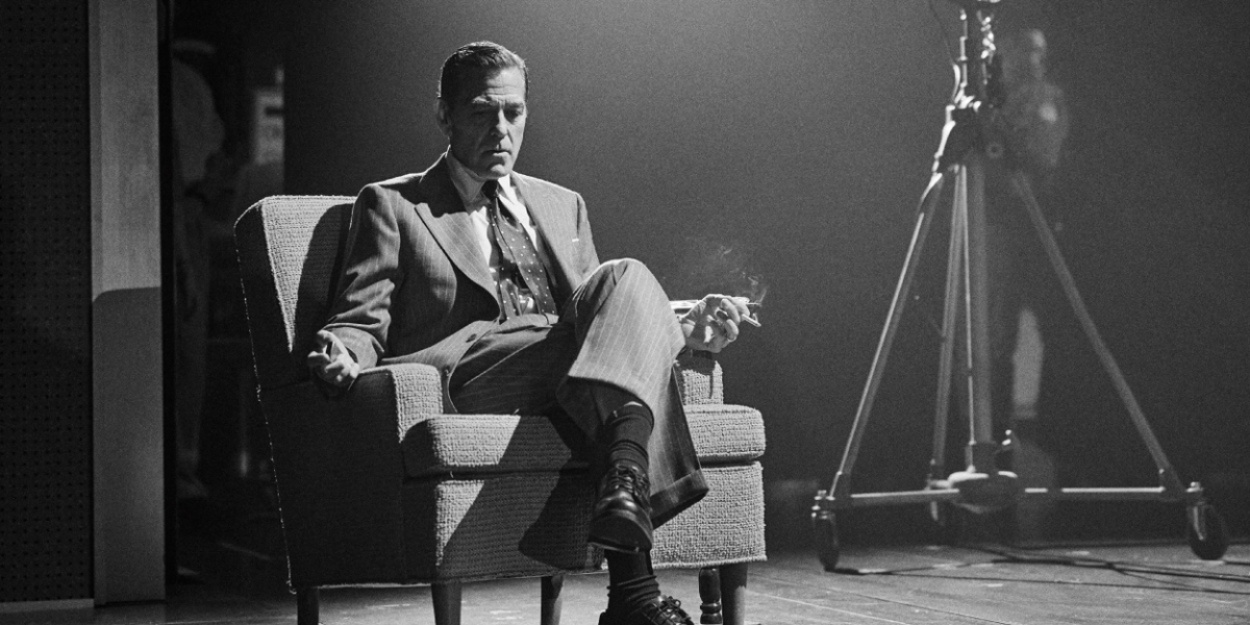















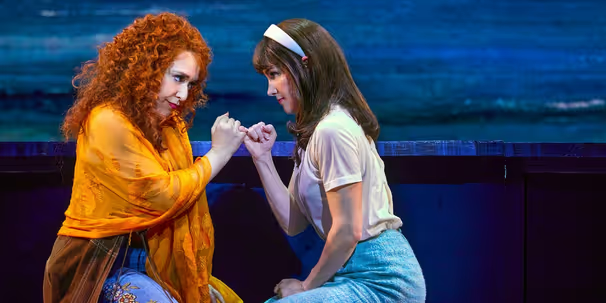
.jpg?format=auto&width=606)






